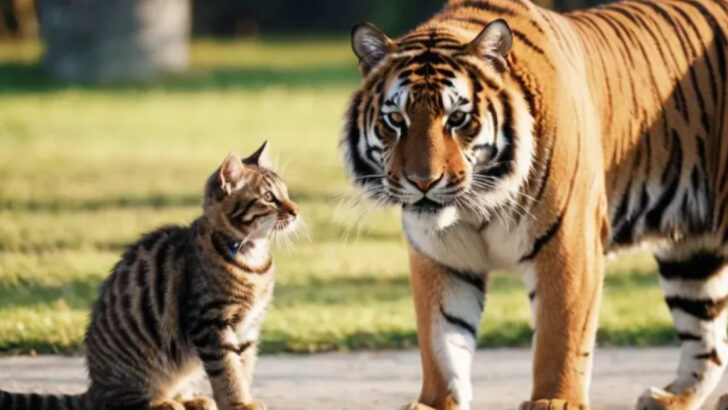Big cats and small cats—two worlds, both ruled by felines, but oh, how different they are! From the mighty lion prowling the savannah to the sweet tabby purring on your lap, the contrasts are jaw-dropping.
It’s not just about size. Lions and tigers are fierce predators, with instincts and behaviors that couldn’t be more different from the playful antics of our house cats. The wild, untamed world of big cats is a far cry from the cozy domestic life of a kitty curled up on the couch.
Join us as we explore the 19 fascinating ways big cats and small cats diverge. Whether it’s their hunting styles, habitats, or social structures, these feline differences will leave you in awe of the diversity within this magnificent species.
Size and Weight
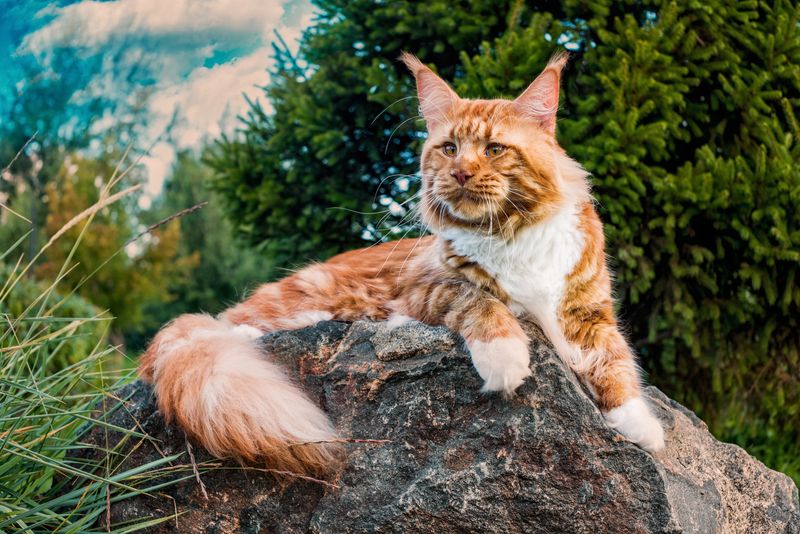
Big cats like lions and tigers are immense, often weighing up to 500 pounds, while domestic cats, such as tabbies, weigh around 10 pounds. This size disparity affects not only their physical capabilities but their environmental needs as well.
Big cats require vast territories to roam and hunt, while small cats thrive in much smaller spaces. The difference in size also influences their diet, with big cats hunting large prey and small cats sticking to smaller animals or even kibble.
These size variations illustrate the diverse adaptations cats have developed to survive in their respective habitats.
Hunting Techniques
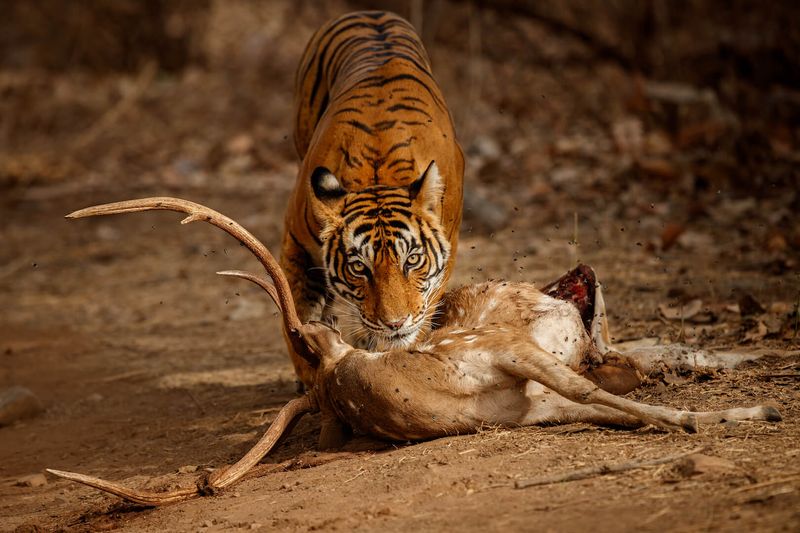
Big cats employ stealth and power in their hunting techniques, relying on their strength to take down large prey. Lions, for instance, work in prides to corner and catch animals like zebras.
In contrast, small domestic cats showcase play-hunting behaviors with toys, mimicking their feral ancestors. Though they may pounce on a string or chase a laser, their hunting instincts remain sharp.
This difference in hunting styles highlights the adaptations each has made over time to suit their environment, with big cats requiring cooperation and stealth, while small cats rely on agility and curiosity.
Vocalizations
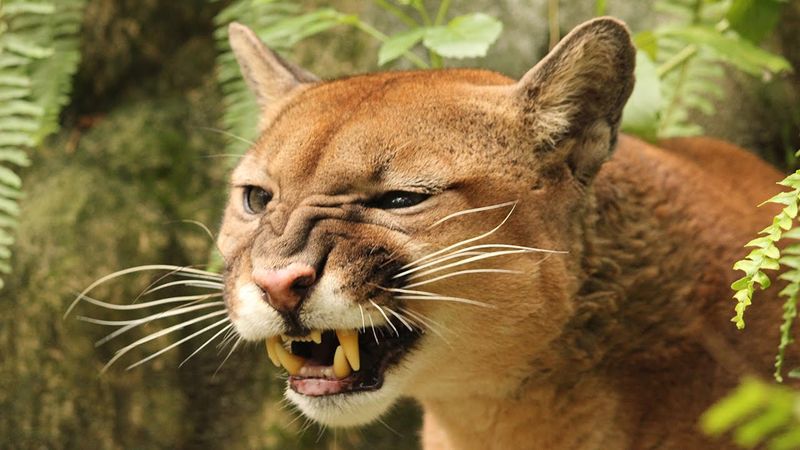
Big cats are known for their impressive roars, a sound capable of echoing across savannahs, serving both territorial and communication purposes. The roar is a signature trait of lions and tigers, connecting them to their wild environments.
In contrast, domestic cats communicate through meows, purrs, and trills. These sounds are often used to interact with humans rather than other cats.
This vocal difference highlights the domestication of small cats, who have evolved to communicate effectively with people. While big cats roar to assert dominance, small cats have developed a language of companionship.
Climbing Abilities

Leopards are exceptional climbers among big cats, often dragging their prey up trees to avoid scavengers. Their climbing prowess is vital for survival in the wild, providing safety and food storage.
Domestic cats, though smaller, also exhibit climbing skills, often scaling furniture or cat trees indoors. This behavior is rooted in their wild ancestry, where climbing was crucial for safety and hunting.
The climbing abilities of both big and small cats illustrate their shared evolutionary traits, with each adapting these skills to fit their lifestyle and environment, whether in the wild or at home.
Social Structures
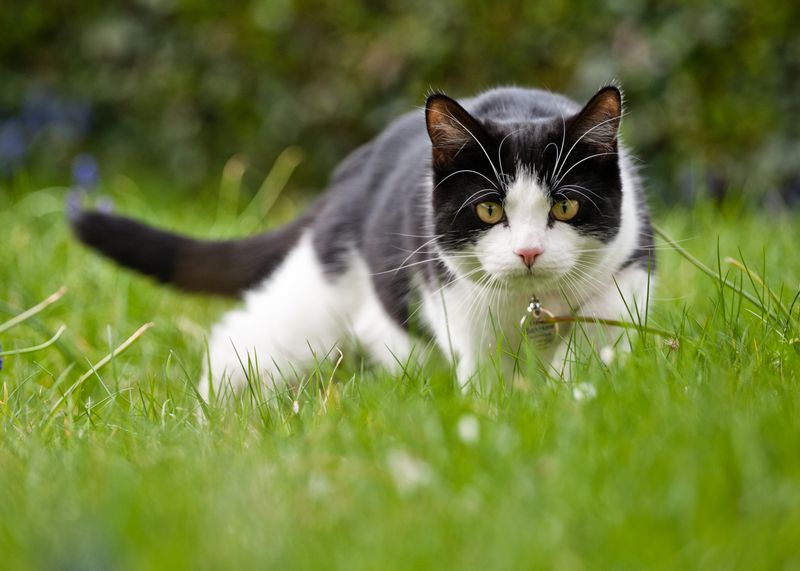
Lions are unique among big cats for their social structures, living in prides that consist of related females and their offspring. This social behavior aids in hunting and protection against rivals.
On the other hand, domestic cats are typically solitary, forming loose associations rather than structured groups. This independence reflects their solitary hunting nature, as small prey does not require group tactics.
These social structures underline the adaptability of cats, with big cats like lions benefiting from cooperation, while small cats thrive in solitude, each strategy enhancing their survival in different environments.
Territorial Range
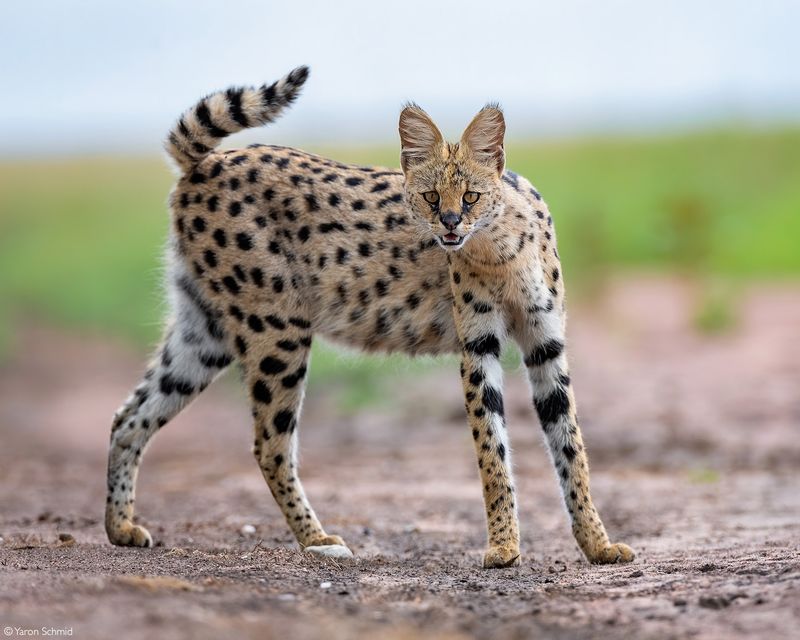
Big cats have expansive territories, often ranging over hundreds of square miles. Tigers, for instance, patrol large areas to find food and mates, marking their territory to warn rivals.
In contrast, domestic cats claim much smaller territories, usually just a home and its immediate surroundings. They mark their space through scent and scratching.
These territorial differences reflect the varying needs for survival, with big cats requiring extensive areas to support their larger size and dietary needs, while small cats adapt to more confined spaces, relying on human-provided food and shelter.
Lifespan
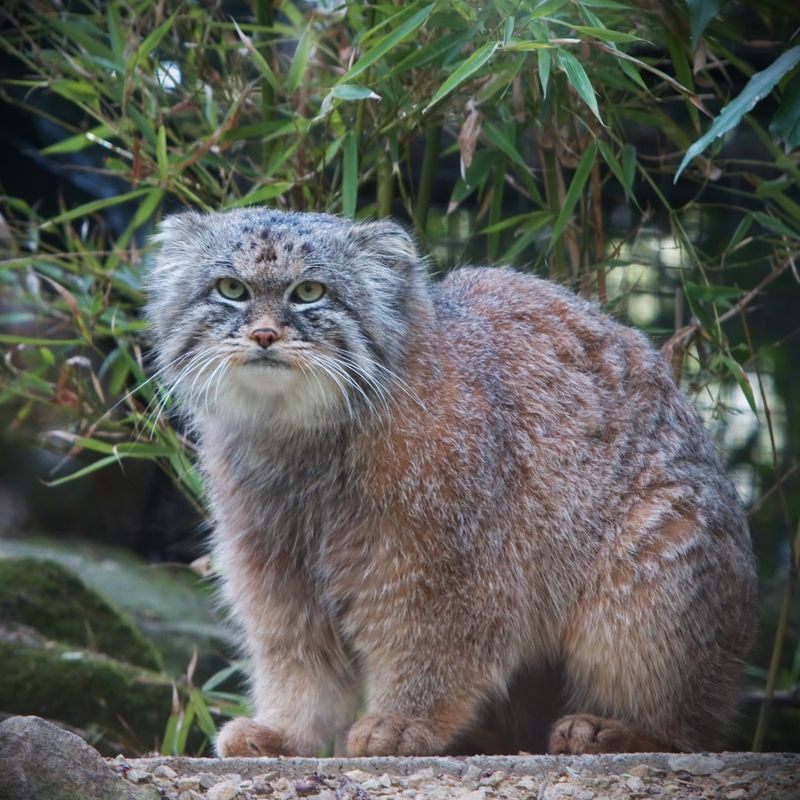
Wild big cats, like lions and tigers, have shorter lifespans, often around 10-15 years, due to the harsh conditions of their habitats, including threats from humans and other predators.
Domestic cats, however, can live upwards of 15-20 years, benefiting from veterinary care, regular feeding, and shelter. This longevity is a testament to their adaptation to human environments.
The difference in lifespan between big and small cats highlights the impact of environment and domestication on survival. While big cats face constant natural challenges, domestic cats enjoy the comforts of human companionship, contributing to their longer lives.
Dietary Needs
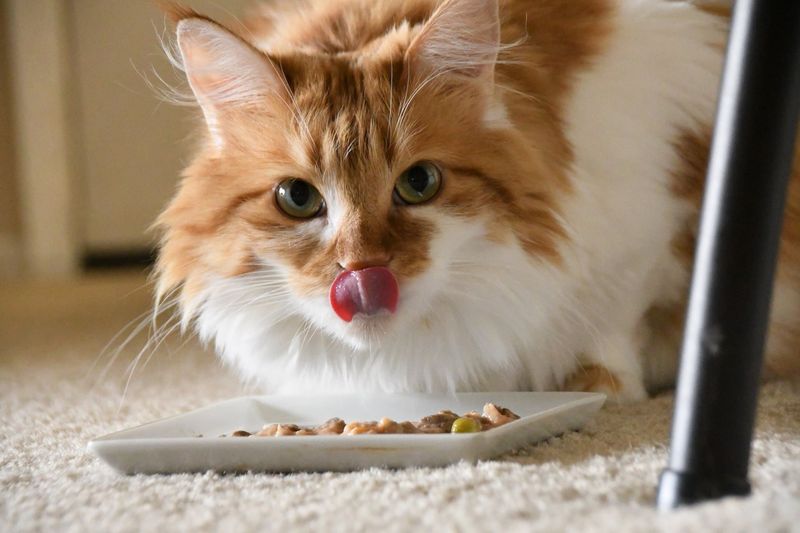
Big cats are obligate carnivores, hunting large prey like deer and buffalo. Their diets require high amounts of protein and specific nutrients only found in meat.
Domestic cats share this carnivorous trait but have adapted to a varied diet, including commercial cat food that meets their nutritional needs. This adaptation stems from domestication and human companionship.
The dietary needs of cats illustrate their evolutionary paths, with big cats depending solely on the hunt for survival, while small cats benefit from human-provided meals, yet retain the instinctual craving for meat, occasionally hunting small creatures.
Breeding Habits
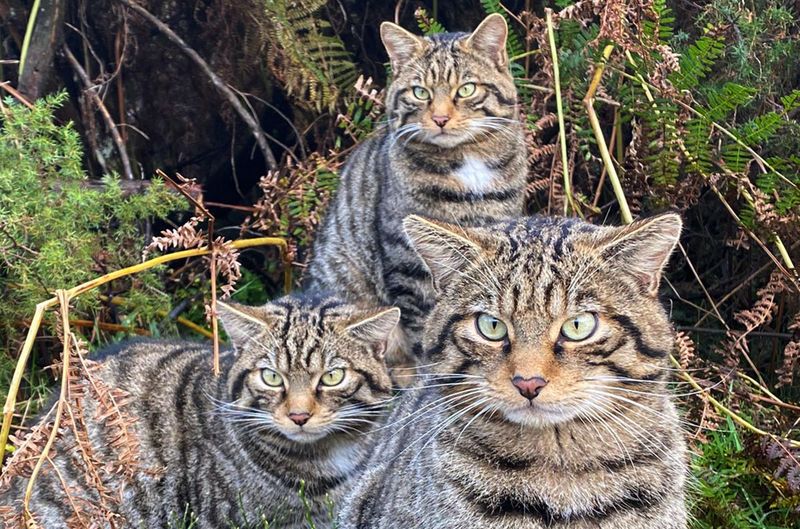
Lions typically breed year-round, with cubs staying with the pride until they mature. This social breeding strategy ensures the pride’s strength and survival through cooperative care.
Domestic cats also breed year-round but tend to raise their kittens independently. The abundance of resources allows for frequent breeding, leading to large populations.
Breeding habits between big and small cats highlight their reproductive strategies, shaped by environmental factors. Lions rely on pride support, while domestic cats leverage human environments to safely raise offspring, showcasing the diverse approaches to nurturing future generations.
Habitat Preferences
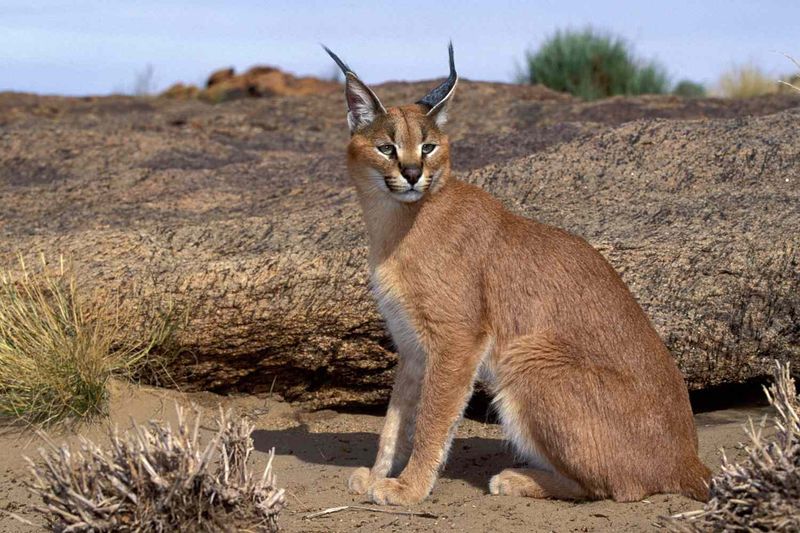
Big cats like tigers favor diverse habitats ranging from dense jungles to open savannahs, each offering unique challenges and resources. These environments are crucial for their hunting and survival needs.
Domestic cats, however, thrive in urban settings, adapting to indoor life and city landscapes. Balconies become their lookout points, and homes provide their hunting grounds.
The habitat preferences of big and small cats demonstrate their adaptability and evolutionary paths. While big cats require vast, untamed lands, domestic cats have seamlessly integrated into human environments, showcasing their remarkable versatility and resilience.
Conservation Status
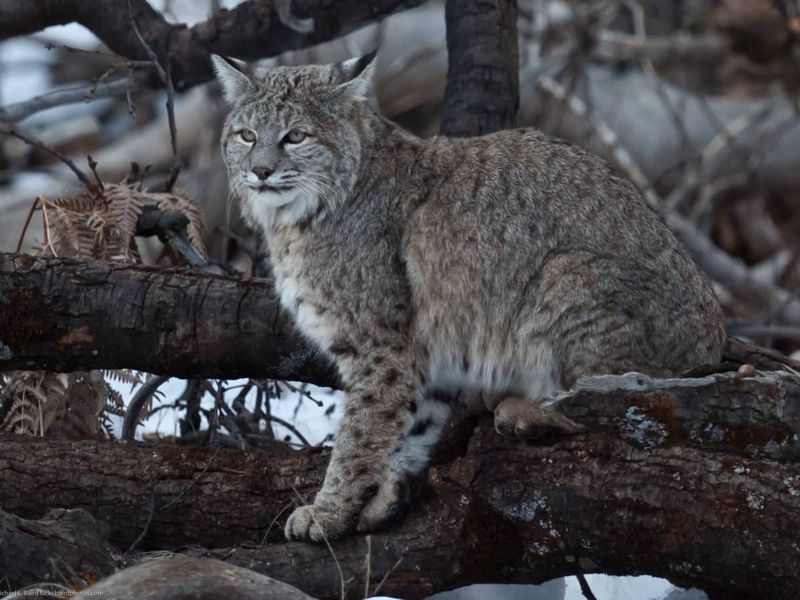
Many big cats face the threat of extinction due to habitat loss, poaching, and human conflict. Tigers, for instance, are critically endangered, with numerous conservation efforts in place.
Domestic cats, however, thrive in abundance globally, benefiting from their close relationship with humans. While big cats struggle for survival, domestic cats continue to flourish.
This stark difference in conservation status underscores the challenges big cats face in the wild, contrasted with the safe, thriving existence of domesticated cats, whose populations are bolstered by human care and protection, illustrating the impact of environment on species survival.
Sensory Capabilities
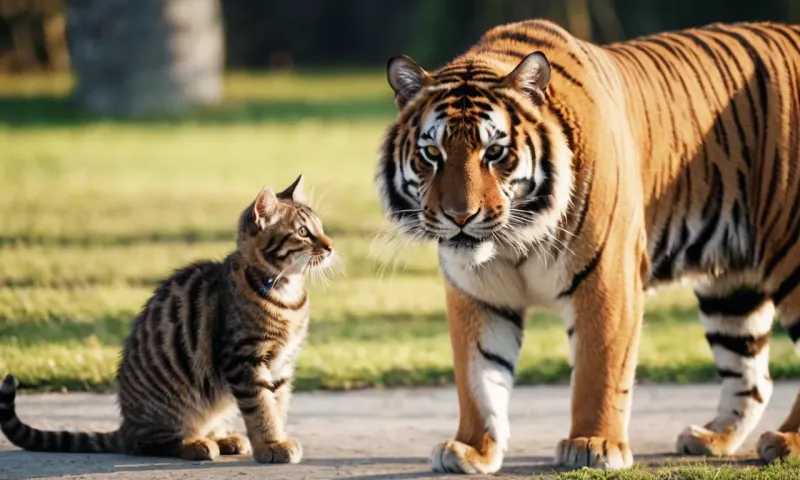
Big cats like cheetahs possess extraordinary sensory capabilities, using acute sight and hearing to detect prey from miles away. These enhanced senses are crucial for hunting success in the wild.
Domestic cats also boast impressive sensory abilities, with heightened hearing and sensitive whiskers that help navigate tight spaces. These skills, inherited from their wild ancestors, are vital for their survival instincts.
The sensory capabilities of both big and small cats reveal their evolutionary adaptations, with each using their senses to interact with their environments, ensuring survival whether in the wild or at home, reflecting their shared feline heritage.
Fur Patterns and Colors
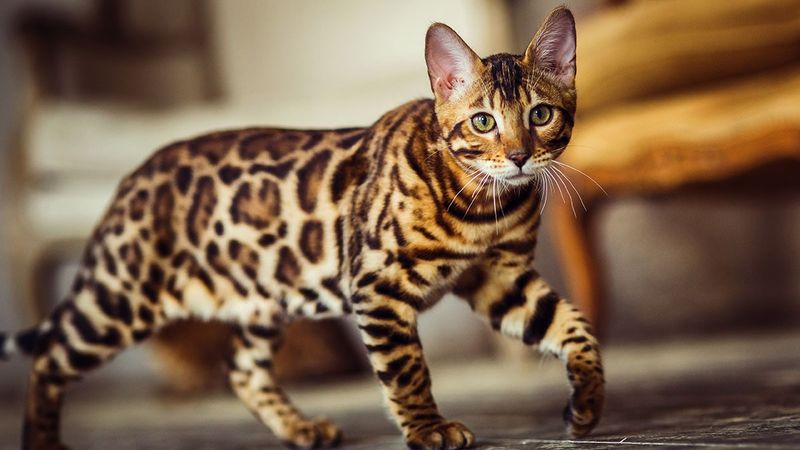
The fur patterns of big cats like leopards serve as camouflage, helping them blend into their natural habitats. These spots aid in stalking prey and avoiding detection by predators.
Domestic cats, however, display a wide array of colors and patterns, from tabby stripes to calico patches. This variety is a result of selective breeding and domestication.
Fur patterns and colors in cats demonstrate the influence of environment and human intervention. While big cats rely on natural camouflage for survival, domestic cats exhibit a palette shaped by genetics and human preference, showcasing the diversity within the feline family.
Paws and Claws
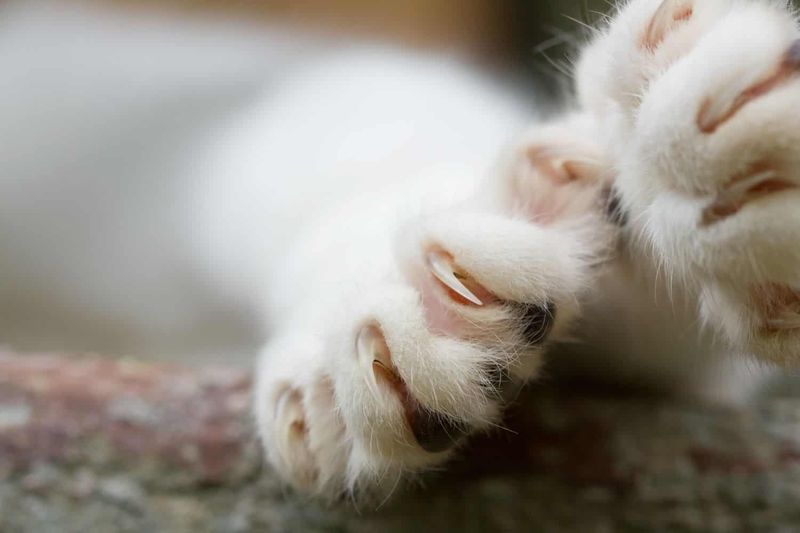
Big cats have robust paws equipped with retractable claws, essential for gripping prey and climbing. Lions and tigers use their powerful paws for strength and defense in the wild.
Domestic cats possess similar features but on a smaller scale. Their retractable claws are perfect for climbing furniture and playful interactions with toys.
The paws and claws of cats highlight their evolutionary adaptations, with big cats utilizing them for survival challenges in the wild, while domestic cats adapt these same tools for domestic life, illustrating the shared ancestry and versatility of feline anatomy.
Coat Maintenance
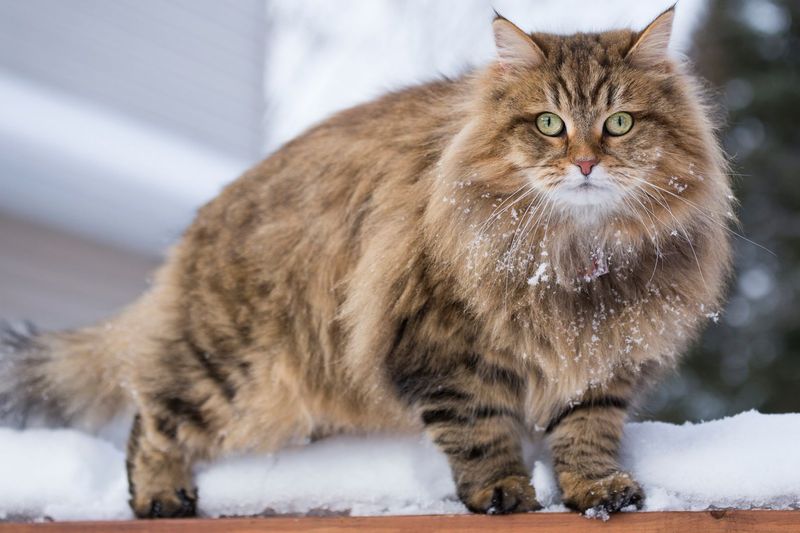
Big cats groom themselves meticulously to maintain their coats, which is crucial for insulation and camouflage in the wild. This self-grooming also helps remove parasites and dead fur.
Domestic cats share this grooming behavior but often benefit from additional care provided by their owners. Regular brushing helps reduce shedding and keeps their coats healthy.
Coat maintenance practices among cats demonstrate their instinctive behaviors and adaptability. While big cats rely solely on self-grooming, domestic cats have evolved to enjoy human assistance, enhancing their well-being and showcasing the bond between humans and feline companions.
Communication with Humans
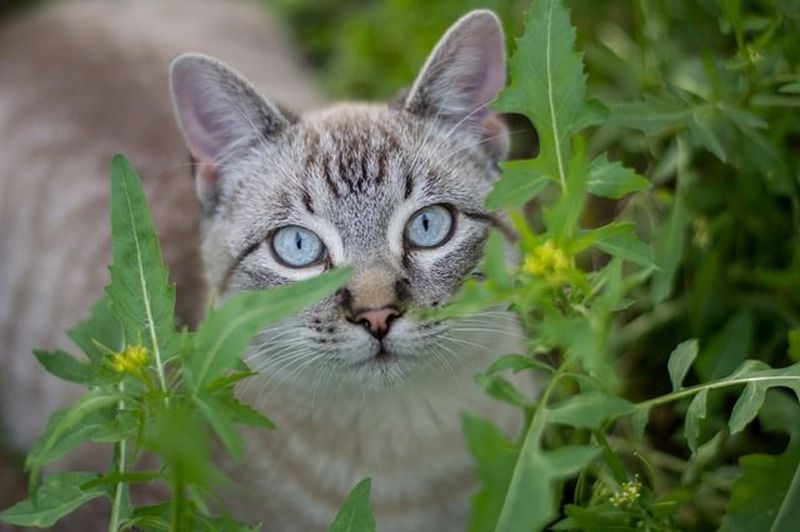
While big cats like tigers may tolerate human presence in sanctuaries, their communication with humans is limited to body language and vocalizations to assert territory or curiosity.
Domestic cats, on the other hand, have developed a complex communication repertoire with people, using meows, purrs, and body language to express needs and emotions.
This contrast in communication underscores the domestication journey of small cats, who have adapted their interactions to coexist with humans. Big cats remain wild, their communications driven by survival instincts, while domestic cats thrive on human connection and companionship.
Running Speeds
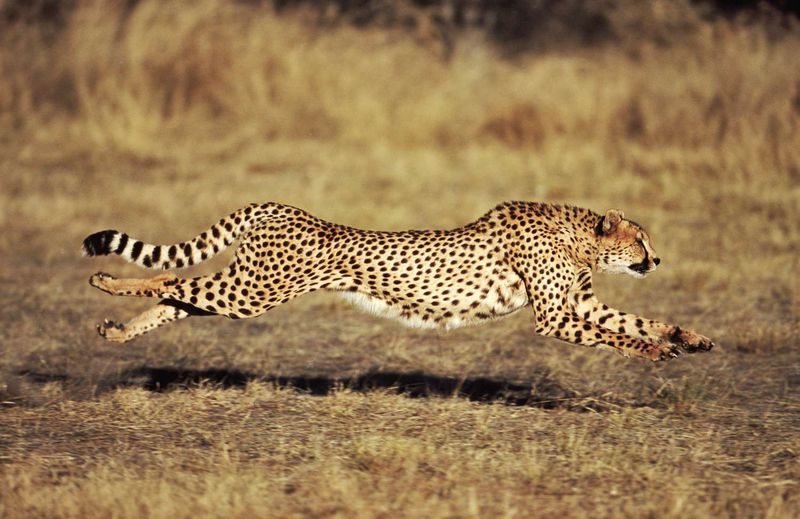
Cheetahs, known for their incredible speed, can sprint up to 70 mph to catch swift prey, making them the fastest land animals. This speed is vital for their hunting strategy.
Domestic cats, although much slower, exhibit bursts of speed when playing or chasing toys, a nod to their predatory instincts. Their agility and quick reflexes are evident in these playful pursuits.
The running speeds of cats highlight their evolutionary adaptations, with big cats relying on speed for hunting in vast terrains, while domestic cats showcase their agility in a playful context, reflecting their shared heritage and diverse lifestyles.
Tail Functions
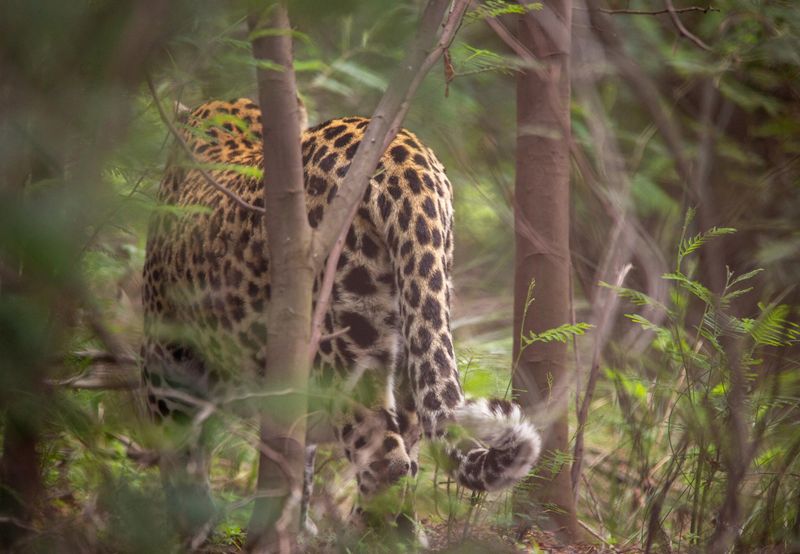
Snow leopards possess long, thick tails that aid in balancing as they navigate rocky terrains and make agile movements across the mountains.
Domestic cats use their tails for balance and communication, signaling emotions like curiosity or frustration with a flick or a swish. This use is more varied due to their interactions with humans.
The tail functions of cats demonstrate their evolutionary adaptations and communication methods. While big cats like snow leopards focus on balance in rugged landscapes, domestic cats utilize their tails for interaction and expression, showcasing the diversity of feline behavior.
Evolutionary History
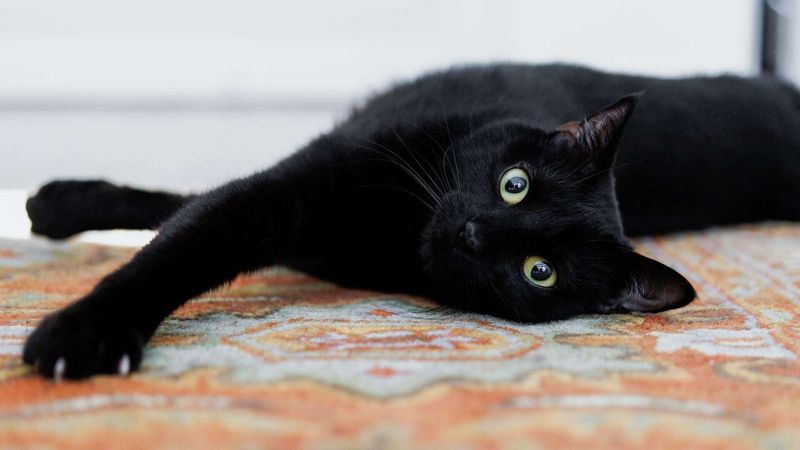
The evolutionary history of big and small cats traces back to a common ancestor, with each branching into distinct paths millions of years ago. Big cats evolved to occupy top predator roles in various ecosystems.
Small cats adapted to more diverse environments, including domestication, allowing them to thrive alongside humans. This divergence highlights their adaptability and specialization.
Understanding their evolutionary history provides insights into the diverse adaptations seen in modern felines, from the majestic lions of Africa to the charming domestic cats in our homes. Their shared lineage underscores the remarkable journey of feline evolution across the ages.

